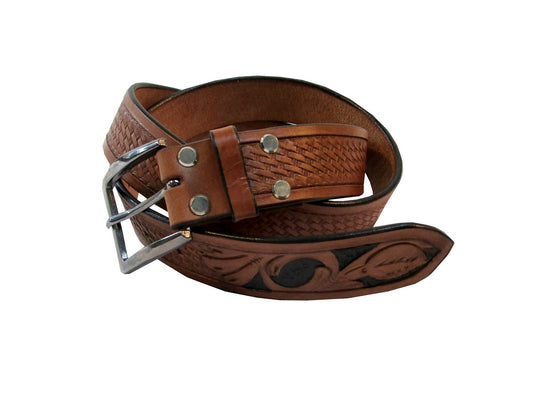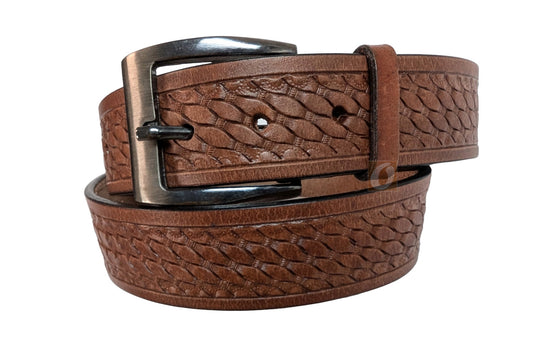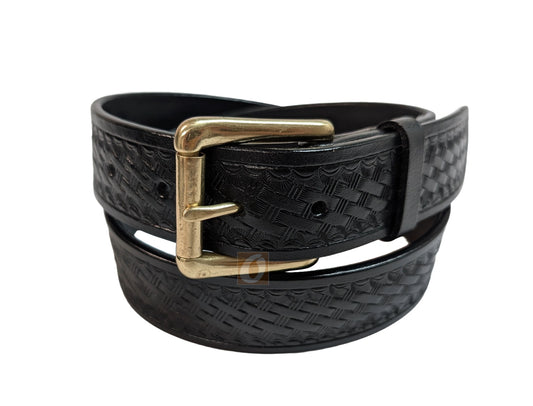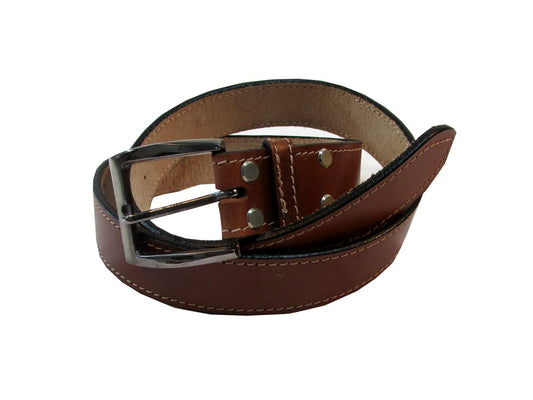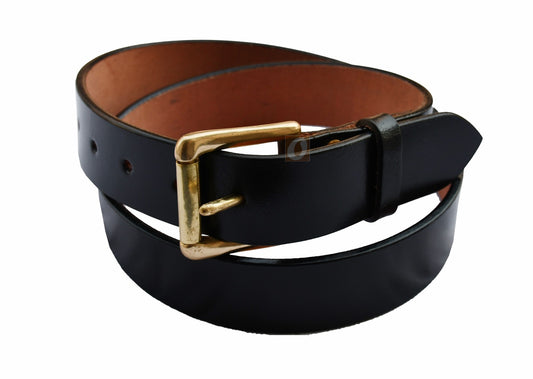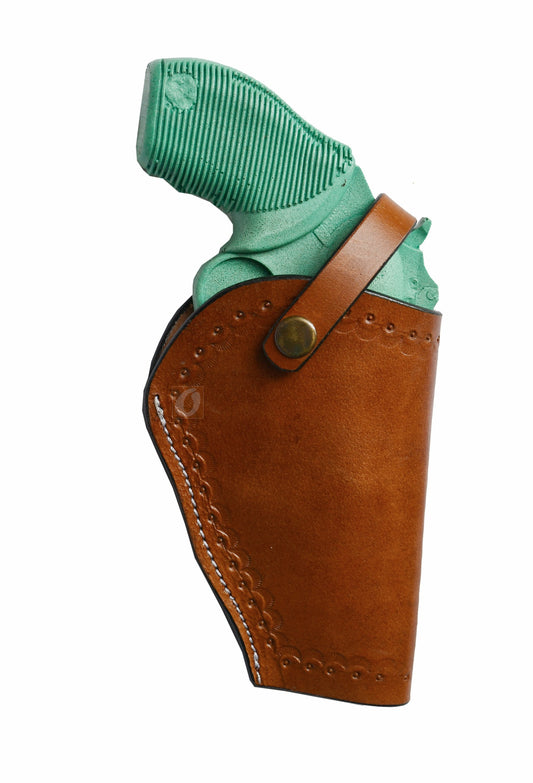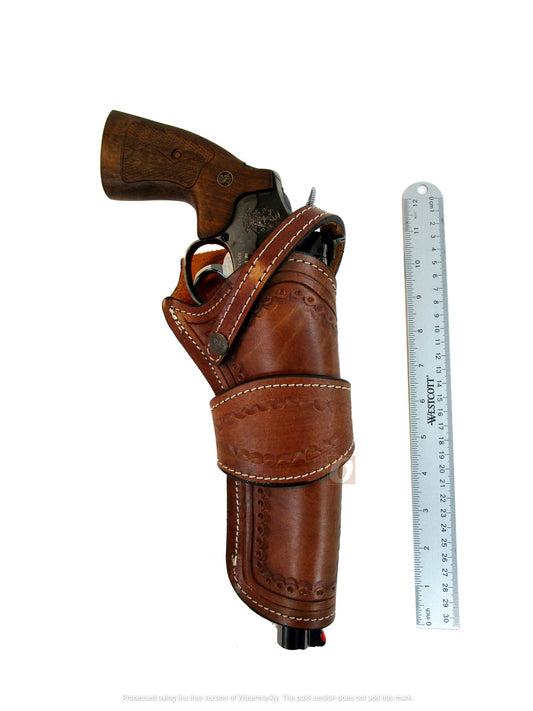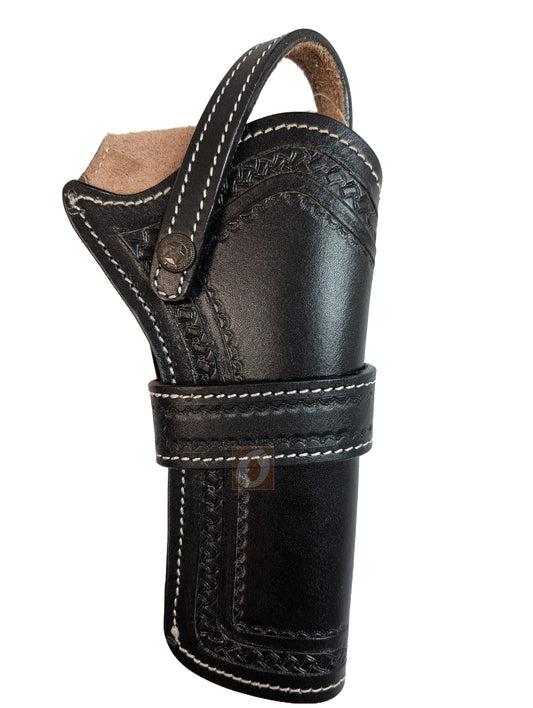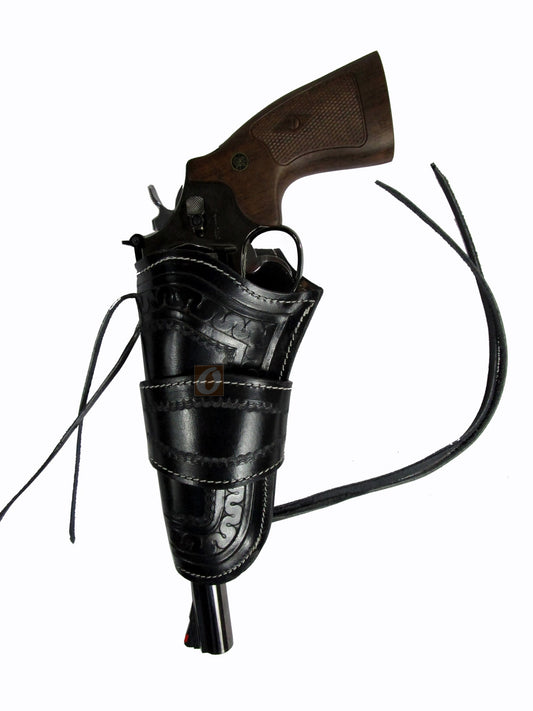Real-Life Stories: Gun Holster Success and Mishaps
Real lessons from the field that make carry safer and more reliable
Stories are useful when they lead to better decisions. Here are three brief, professional case studies—comfort success, retention failure, and fit refinement—and the specific takeaways that make everyday carry safer, more comfortable, and more consistent.
Why these case studies matter
- They cut through theory: Real outcomes show what actually works under daily wear—long shifts, travel, range time.
- They reduce risk: Small oversights (loose retention, poor belt support) create big problems. Fix them before they fix you.
- They guide smart buys: The right holster + belt + setup can prevent 90% of avoidable issues.
Case studies (and what to change in your setup)
Case 1 — Comfort done right (successful EDC)
A medical professional moved to a hybrid IWB holster with adjustable cant and a supportive belt. Result: all-day comfort, consistent concealment, and a cleaner, repeatable draw.
- Do this: Prioritize fit to your body—ride height, cant, and belt stiffness.
- Product angle: Leather IWB for comfort over long days. See Leather Holsters.
Case 2 — Retention overlooked (near miss)
An experienced carrier changed holsters without testing retention. During a bend, the firearm slipped; fortunately, no discharge occurred. The issue was resolved by selecting a model-specific holster and properly setting retention.
- Do this: Test retention standing, walking, sitting, and bending before day one.
- Product angle: Choose model-specific holsters with tension screws or a thumb-break when needed.
Case 3 — Fit refinement (trial to dialed-in)
A veteran tested multiple rigs to balance concealment with access. Final setup: leather OWB for training/ranch work, IWB with slight forward cant for EDC, both on a dedicated gun belt.
- Do this: Own the environment—use OWB for range/ranch, IWB for discreet EDC; keep angles consistent across setups.
- Product angle: Consider Crossdraw for seated/horseback carry.
Support: quick checklist to audit your current rig
- Trigger fully covered? No gaps, no flex into the guard.
- Retention verified? Firm hold; clean release on a straight pull.
- Belt up to the job? No sag or tilt—upgrade if the holster “wanders.” See Leather Belts.
- Comfort pass? Sit/drive/bend for 15 minutes—no hot spots.
- Consistency check: Same ride height and cant every day to build muscle memory.
Related reads
- How to Choose the Right Holster for Your Firearm
- How to Break In a New Holster
- Leather vs Kydex Holster – FAQs
Upgrade to a setup that won’t let you down
Build confidence with gear that’s made to wear daily, not just look right on the table:
Leather Holsters | Glock Holsters | 1911 Holsters | Crossdraw
FAQ
What’s the fastest way to test a new holster safely?
At home with an unloaded firearm: verify trigger coverage, set retention, practice slow draws and re-holstering, then add movement drills.
How often should I check retention screws and clips?
Weekly for daily carriers, and before any extended activity (travel, training, ranch work). A dab of thread locker helps.
Do I really need a dedicated gun belt?
Yes. Most “holster problems” are belt problems—support prevents sag, improves concealment, and stabilizes your draw.
What if my holster is comfortable but prints?
Adjust ride height and cant, try a slimmer profile, and upgrade the belt. Small changes usually solve printing.


